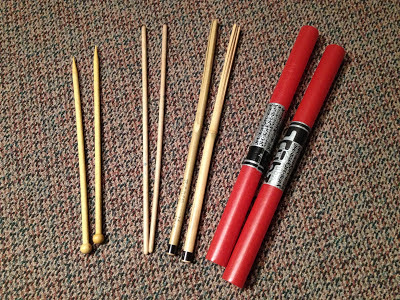My Best of 2012

So much good, no, great music this year. Many of my favorite artists came through with excellent new releases. It’s always nice to know that music is alive and well, as it should be. Music: Scott Walker - BISH BOSCH What can I say? If you are hip to Walker, then you know what this album means. If you are not hip to him, then you just may not get it at all. The short story is: the one time member of ‘60s pop icons, the Walker Brothers, long ago abandoned the pop world and started creating music full of gritty realism and startling images. It’s been 6 years since his last release, TILT, and he’s gone even further into the darkness, yet retaining a sense of humor that comes through, as if to say, “This is all so dark and brooding, but it’s really just a joke.” The 69 year old Walker attacks a variety of subjects, often straining his baritone voice at its upper reaches, adding an edge to the proceedings. The music rarely follows any familiar song structu...



